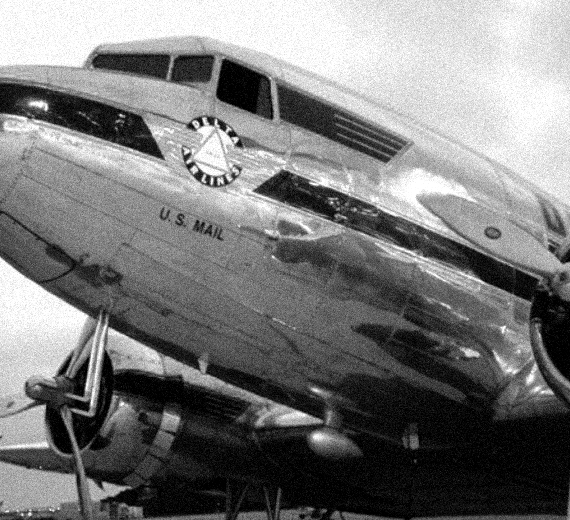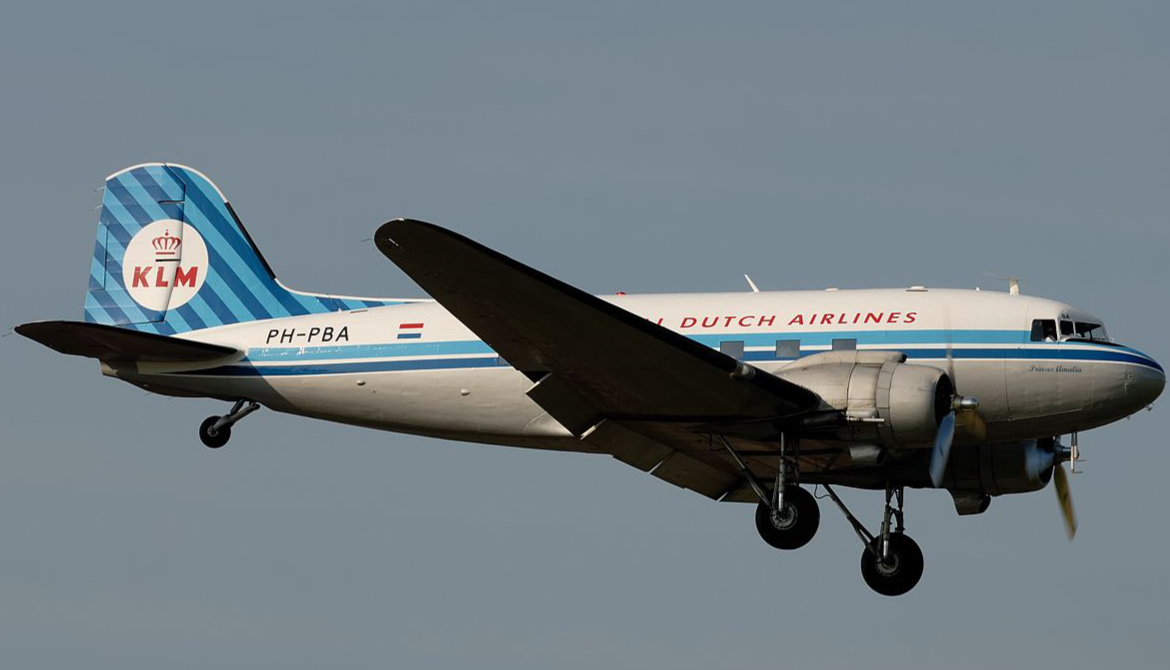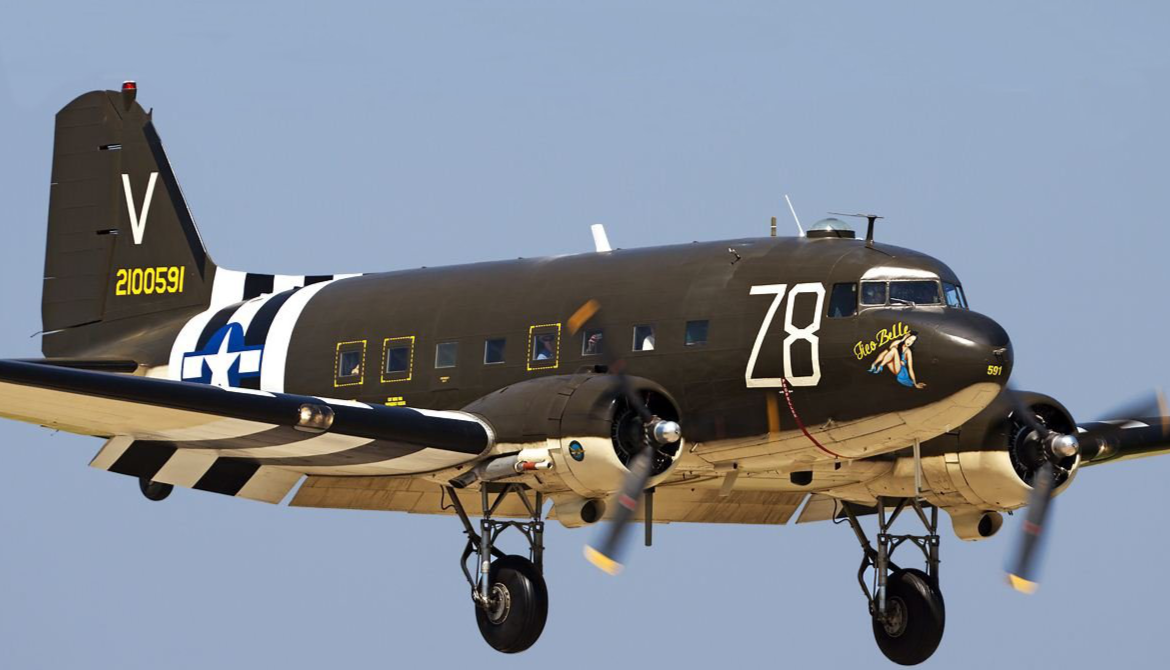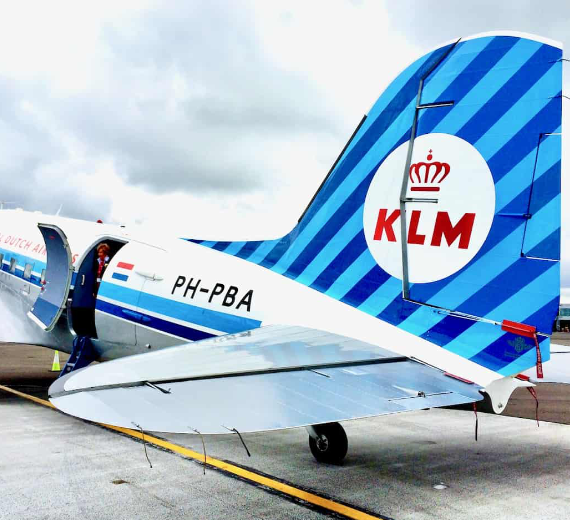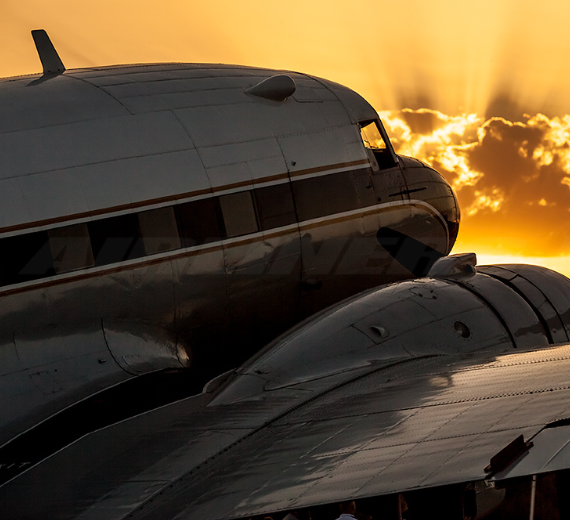Douglas
DC-3/C-47 Skytrain
 |
|
| General information | |
|---|---|
| Type | Airliner and transport aircraft |
| National origin | United States |
| Manufacturer | Douglas Aircraft Company |
| Status | In service |
| Number built | 607[1] |
| History | |
| Manufactured | 1936–1942, 1950 |
| Introduction date | 1936, with American Airlines |
| First flight | December 17, 1935 |
| Developed from | Douglas DC-2 |
| Variants | Douglas C-47 Skytrain Douglas R4D-8/C-117D Lisunov Li-2 Showa/Nakajima L2D Basler BT-67 Conroy Turbo-Three Conroy Tri-Turbo-Three |
.
History
DC-3/C-47 Dakota/Skytrain Manufactured 1936–1942, 1950
First flight December 17, 1935
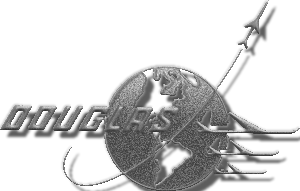
The Douglas DC-3 is a propeller-driven airliner manufactured by Douglas Aircraft Company, which had a lasting effect on the airline industry in the 1930s to 1940s and World War II. It was developed as a larger, improved 14-bed sleeper version of the Douglas DC-2. It is a low-wing metal monoplane with conventional landing gear, powered by two radial piston engines of 1,000–1,200 hp (750–890 kW). Although the DC-3s originally built for civil service had the Wright R-1820 Cyclone, later civilian DC-3s used the Pratt & Whitney R-1830 Twin Wasp engine. The DC-3 has a cruising speed of 207 mph (333 km/h), a capacity of 21 to 32 passengers or 6,000 lbs (2,700 kg) of cargo, and a range of 1,500 mi (2,400 km), and can operate from short runways.
"DC" stands for "Douglas Commercial". The DC-3 was the culmination of a development effort that began after an inquiry from Transcontinental and Western Airlines (TWA) to Donald Douglas. TWA's rival in transcontinental air service, United Airlines, was starting service with the Boeing 247, and Boeing refused to sell any 247s to other airlines until United's order for 60 aircraft had been filled. TWA asked Douglas to design and build an aircraft that would allow TWA to compete with United. Douglas' design, the 1933 DC-1, was promising, and led to the DC-2 in 1934. The DC-2 was a success, but with room for improvement.

0
KmCeiling
0
KmCombat RANGE
0
Km/hAircraft Speed
0
Max Crew
Photo Gallery
DC-3/C-47 Dakota/Skytrain
Manufactured 1936–1942, 1950
First flight December 17, 1935


Douglas DC-3/C-47 Dakota/Skytrain Manufactured 1936–1942, 1950 First flight December 17, 1935
General Info
-
-
- Crew: two
- Capacity: 21–32 passengers
- Length: 64 ft 8 in (19.7 m)
- Wingspan: 95 ft 2 in (29.0 m)
- Height: 16 ft 11 in (5.16 m)
- Wing area: 987 sq ft (91.7 m2)
-
Powerplant
-
- Empty weight: (7,650 kg)
- Gross weight: (11,431 kg)
- Fuel capacity: 822 gal. (3736 L)
- Powerplant: 2 × Pratt & Whitney R-1830-S1C3G Twin Wasp 14-cyl. air-cooled two row radial piston engine, 1,200 hp (890 kW) each
- Propellers: 3-bladed Hamilton Standard 23E50 series, 11 ft 6 in (3.5 m) diameter hydraulically controlled constant speed, feathering
-
Performance
- Maximum speed: 200 kn (230 mph, 370 km/h) at (2,590 m)
- Cruise speed: (333 km/h)
- Stall speed: (125.9 km/h)
- Range: 1,370 nmi (1,580 mi, 2,540 km) (maximum fuel, 3500 lb payload)
- Service ceiling: (7,100 m)
- Rate of climb: 1,130 ft/min (5.7 m/s)
Aircraft of comparable Role
Links to Youtube & Others
From the early 1950s, some DC-3s were modified to use Rolls-Royce Dart engines, as in the Conroy Turbo Three. Other conversions featured Armstrong Siddeley Mamba or Pratt & Whitney PT6A turbines.
Douglas DC-3/C-47 Dakota/Skytrain
De DC-3 (Douglas Commercial Three) kwam voort uit de Douglas DC-2. De DC-3 had grotere vleugels en een langere c.q. bredere romp.
Youtube Link
On 26 July 1954, two Douglas Skyraiders from the aircraft carriers USS Philippine Sea and Hornet shot down two Chinese PLAAF Lavochkin fighters off the coast of Hainan Island.
